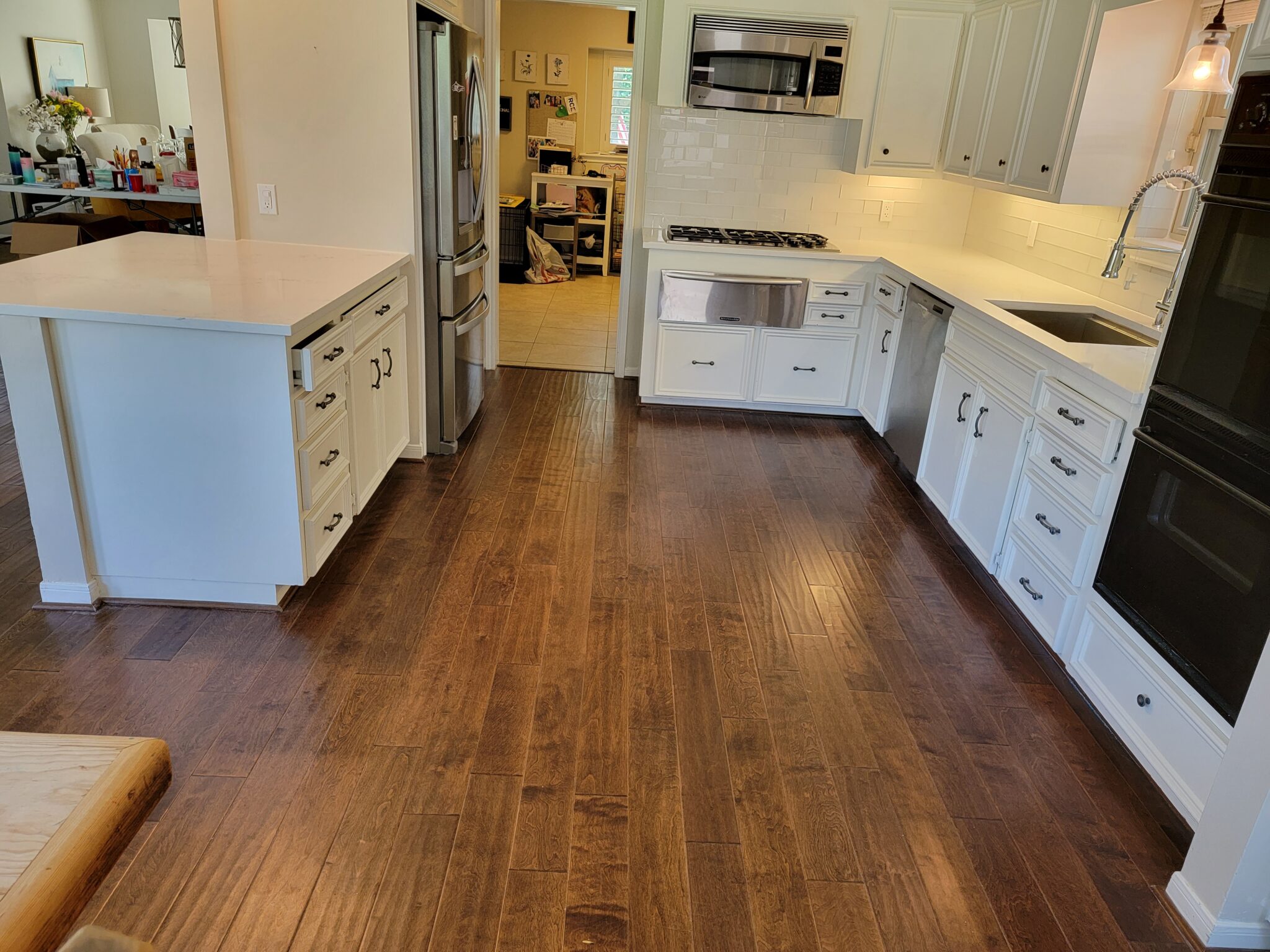
Innovative Construction Technologies Shaping the Future Nov 12, 2025
To begin, Building Information Modeling (BIM) is transforming how construction projects are designed and executed. BIM enables comprehensive virtual modeling of structures before any on-site work begins, facilitating better collaboration among architects, engineers, and contractors. This technology improves accuracy, reduces errors, and ensures that all stakeholders are on the same page. The innovative 3D models produced using BIM help in visualizing the entire project lifecycle, from planning to demolition. As a result, project timelines are shortened, and cost savings are realized through enhanced efficiency.
Another game-changer in construction technology is the adoption of drones. These high-flying devices are increasingly being used for topographic mapping, site inspection, and progress monitoring. By providing aerial views, drones offer valuable insights into areas that are difficult to access, without the need for scaffolding or ladders. With real-time data collection and analysis, drones help construction managers make informed decisions quickly. This leads to increased safety and productivity on job sites, significantly impacting the overall success of a project.
Prefabrication and modular construction are also gaining traction in the industry. These methods involve assembling building components in a controlled factory setting before transporting them to the construction site. This approach not only accelerates project timelines but also enhances quality control. Reducing on-site labor requirements, prefabrication and modular construction help lower costs and minimize waste. As sustainability becomes a mandate, these techniques are becoming indispensable in meeting green building standards.
One cannot overlook the role of 3D printing in the future of construction. 3D printing technology is revolutionizing the way materials are produced, allowing for the creation of complex components with precision and speed. This technology offers architects greater design flexibility and diminishes the reliance on traditional materials. In turn, this reduces waste and lowers overall construction costs. With innovations in 3D printing continually emerging, the potential applications in construction are expansive and promising.
Automation and robotics are also set to redefine construction work. Deploying robots for tasks such as bricklaying, welding, and demolition presents opportunities to improve precision and efficiency. These technologies assist in reducing human error and enhance worker safety by taking on tasks in hazardous environments. As the labor market faces skill shortages, automation provides a viable solution to bridge the gap and keep projects on track.
In conclusion, adopting innovative construction technologies is not just about keeping up with trends; it's about setting standards for the future. Blue Collar Development recognizes the imperative to blend traditional craftsmanship with modern technology to deliver superior results. By embracing solutions like BIM, drones, prefabrication, 3D printing, and robotics, we are better equipped to meet the dynamic needs of our clients while contributing to a more efficient and sustainable construction industry. Investing in these advancements paves the way for a brighter future—not just for us, but for the communities we help build.
/filters:no_upscale()/media/68ab1bd7-097f-463c-87a6-2e6980643c7e.jpeg)